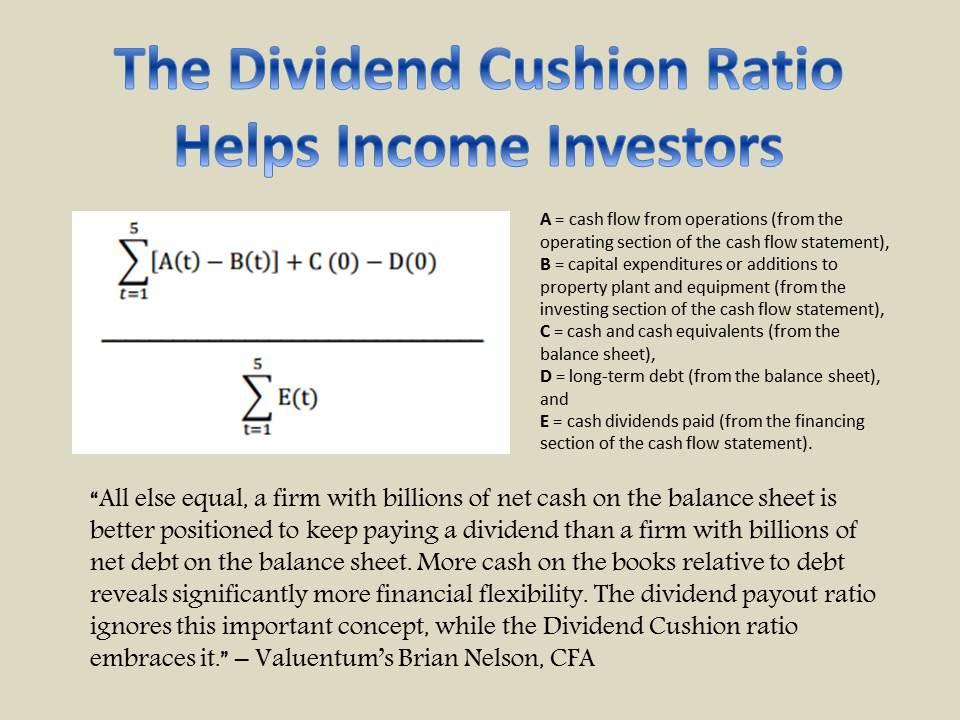Member LoginDividend CushionValue Trap |
A 10%+ Cost of Capital for Midstream Equities Is Reality
publication date: Oct 27, 2015
|
author/source: Brian Nelson, CFA
Kinder Morgan (KMI) disclosed how it would raise much-needed financing October 26, and our worst fears were realized: The marginal cost of raising capital in the midstream space has soared. As recently as earlier this year, Kinder Morgan’s executive team had been guiding analysts to a 3.3% cost of capital (“hurdle rate”), a level we had outlined was absolutely ludicrous (see page 28 here). The 3.3% mark broke down into a 4.1% yield on equity and a 2.4% cost of debt, evenly split. Those days are now over. Kinder Morgan recently announced that it would float $1.6 billion in mandatory convertible preferred stock, effectively “delayed” issuance of equity capital, which would carry a stated interest rate of 9.75%. Management had previously noted that the new financing would not be equity capital, so the announcement was rather strange because, from our perspective, the end result of this transaction after three years would, in fact, be equity capital. It is only because management stated that it would not be raising equity capital that we had thought Kinder Morgan would instead “max” out the revolver as a way to finance the dividend and upcoming projects. The company may still have to “max” out said revolver. That the issue was priced at $49, below the $50 face value, suggests the marginal cost of capital for Kinder Morgan (or the effective yield) is close to ~12% {[9.75% + (1/50)] = 11.75%}. We’re not sure how a near-12% cost of capital float was more appealing than the cost of equity capital today, but if it is, the very thought that the marginal costs of borrowing debt or floating pure equity are greater than 12% for midstream equities is near frightening. We use an ~8% weighted average cost of capital assumption in our valuation model of Kinder Morgan, and a notch upward to the double-digits in the discount rate would push the equity’s fair value toward the lower end of the fair value range (near $23). Unfortunately, we think the implications on the master limited partnership (MLP) arena are even more dire. As we had outlined in this chart here, we believe investors continue to “price” equity in the MLP space (AMLP) on the basis of a "mid- to- high-single-digit" yield-equivalent on their distributions, a function of the industry’s definition of “distributable cash flow,” which we have noted our objections to in the past. In the event, however, that MLP distributions are “priced” on a 10%+ discount rate, unit prices on MLP equities would tumble. There’s more downside risk to the prices of units across the MLP space, in our view. Pipelines - Oil & Gas: BPL, BWP, DPM, ENB, EPD, ETP, EVEP, HEP, KMI, MMP, NS, PAA, SE, SEP, WES, WMB |

